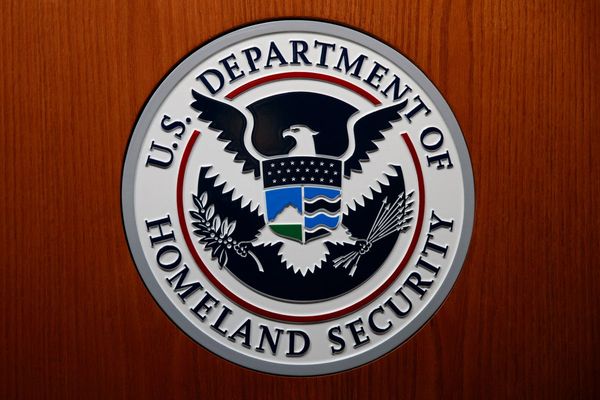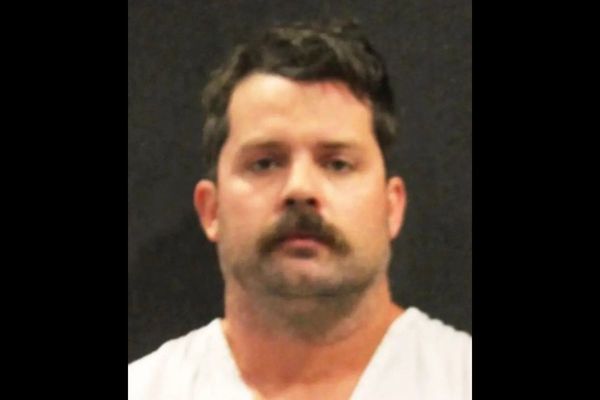
A koala sperm bank is planned to be established in the Hunter as an insurance policy against the iconic species going extinct.
Koalas at Port Stephens Koala Hospital and Taronga Zoo could be used as sperm donors and in research to advance the plan.
University of Newcastle researchers published a research paper on the plan in the international journal Animals on Wednesday (April 13).
Co-author Dr Ryan Witt said a koala sperm bank could become an "insurance policy" for the species if the sperm could be frozen and used successfully.
Dr Witt, a wildlife conservation scientist specialising in marsupial reproduction and ecology, said it would become a "complementary tool to manage koala genetics".
Lead author Dr Lachlan Howell, a wildlife conservation scientist, said the tool "could contribute to saving the koala from extinction".
"If we want to give ourselves the best chance of saving the koala, we should throw everything we can at it," Dr Howell said.
Dr Witt studies the Port Stephens koala population, documenting where the creatures live and move.
He estimated that fewer than 500 koalas remain in Port Stephens, but said more surveys were needed.
It's estimated that 20,000 to 30,000 wild koalas remain in NSW and 43,000 to 100,000 in Australia.
The federal government officially listed the koala in February as endangered in NSW, Queensland and the ACT.

A NSW parliamentary inquiry report released in 2020 concluded that the koala faced extinction in the state by 2050, without intervention to stop habitat destruction.
Dr Howell said an "insurance policy" for koalas was crucial "if we think about the big bush fires".
A WWF-Australia report estimated that more than 61,000 koalas were killed, injured or displaced in the Black Summer bushfires.
The report estimated that almost 3 billion animals (mammals, birds, reptiles and frogs) were in the path of the fires.
The genetic material lost from the animals that died can never be retrieved. Sperm banks of wild animals could protect against this in future.
"We've identified 16 wildlife hospitals and zoos across Australia that could act as nodes to collect koala sperm and help integrate assisted reproduction," Dr Howell said.
"Without these tools, we don't have a financially feasible way to hold that level of insurance.
"Traditional captive breeding populations are valuable, but can't hold anywhere near the number of animals needed to protect against that sudden loss. They're too expensive to run."
Dr Witt said a body of research had shown the sperm bank plan had merit.
For example, a successful artificial insemination trial had been done with koalas.
And the black-footed ferret was pulled back from the brink of extinction in the US.
"They recovered that species from just 18 individuals," he said.
The species was thought to be extinct until a rancher's dog found a ferret in Wyoming in the US in 1981.
Conservationists determined that the area was sustaining the last remaining wild black-footed ferrets.
Dr Howell said the black-footed ferret was bred naturally for years, but "ran into problems due to inbreeding".
"They had the foresight to bank the sperm without a clear sense of how they might use it.
"In the time the population was becoming inbred, they spent a lot of money on research developing practical tools to use that sperm.
"They were able to add back lost genetic diversity in the inbred population, using that frozen founder sperm."
Thousands of the ferrets have since been born and released into the wild.
As such, Dr Howell believes a sperm bank for koalas should be started as soon as possible.
Nevertheless, further research will be needed into freezing and using koala sperm.
"You need reasonably high sperm motility, post-thaw, for it to be effective in artificial insemination," Dr Witt said.
Other options have been proposed that may not require sperm motility, such as "intracytoplasmic sperm injection".
This involves injecting the sperm straight into the egg.
"That's plausible, but there's been very little research in marsupials for that particular process," Dr Witt said.
Nonetheless, koalas that exist now could have "important genetics" that may be essential over the next 20 to 30 years, "if populations continue the way they're going".
"The koala is imperilled, so now is a good time to be collecting and banking material while we figure out how to use it in the best possible way.
"If you get to a situation where the black-footed ferret got to, you can still get the species back."

Dr Howell said the aim of the study was to "develop arguments for the development of assisted reproductive technologies in koalas".
These reproductive techniques, such as IVF and artificial insemination, exist because they were developed for humans and livestock.
"They have made valuable contributions to human fertility and agricultural science, but they're currently missing for conservation science," he said.
More funding is needed to advance the research.
"There are practical success stories, so there's no reason to believe that - with the right amount of resources - we couldn't achieve it with the koala," Dr Howell said.
Such programs could lower the cost of captive breeding by reducing the number of animals kept in captivity.
"Less animals drives down costs and frees up resources for the development of conservation programs."
Dr Howell said the research had shown that "supplementing a captive colony with frozen founder sperm could slow the rate of inbreeding".
"It allows you to hold less live animals, while maintaining the same level of genetic diversity as the conventional population."
Dive deeper: Port Stephens koalas under threat
- Brandy Hill Quarry expansion plans will destroy 50 hectares of koala habitat (January 15, 2020)
- Brandy Hill residents fear for koala population if quarry expands (June 30, 2020)
- Resident bid to save koalas from Brandy Hill Quarry expansion (August 21, 2020)
- Koala experts from University of Newcastle urge government to consider impact on habitat in expansion approval (September 3, 2020)
- Federal government under pressure to reject Brandy Hill quarry expansion (September 6, 2020)
- Brandy Hill Quarry expansion plan delayed, Brandy Hill and Seaham Action Group say proposal could disrupt koala habitat (September 7, 2020)
- Federal Environment Minister Sussan Ley visits Brandy Hill and scene of koala controversy (September 30, 2020)
- Save Port Stephens Koalas vows to keep pressure on as Federal Environment Minister delays Brandy Hill quarry decision (October 8, 2020)
- Save Port Stephens Koalas campaign rolls on with Brandy Hill Hanson quarry decision delay (October 8, 2020)
- Koala habitat to be cleared for controversial Brandy Hill quarry extension, approved by Environment Minister Sussan Ley (October 27, 2020)
- Premier Gladys Berejiklian's gifts Port Macquarie with a Koala hospital expansion as Port Stephens gets heartbreak (October 28, 2020)
- Wildlife conservation scientist: Brandy Hill quarry expansion into koala habitat 'not a message that we want to be sending' (October 28, 2020)
- Quarry decision means a koala breeding program is more important than ever: Port Stephens Koalas (October 31, 2020)







